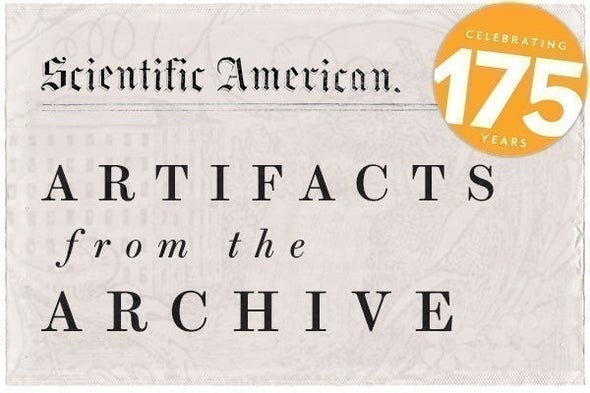Originally published in August 1908
“It is not often that a measure of such a startling character as the Daylight Saving Bill is introduced into the English House of Commons. The fact that the momentous changes advocated are proposed by William Willett, a member of the Royal Astronomical Society, suggests that the measure may not be so chimerical as might be supposed. It is proposed during part of the spring and autumn, and the whole of the summer, to advance the clocks throughout the country, with a view to including within the working hours a longer stretch of daylight. Among the commercial advantages are that large users of gas and other artificial light would realize a saving of $15,000,000. To the average individual, however, the most attractive feature of the proposed change is that it would afford a longer stretch of daylight for recreation.”
—Scientific American, August 1908
More gems from Scientific American’s first 175 years can be found on our anniversary archive page.




